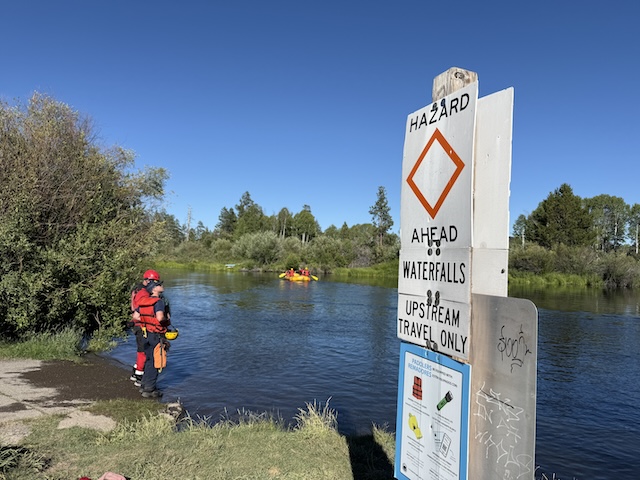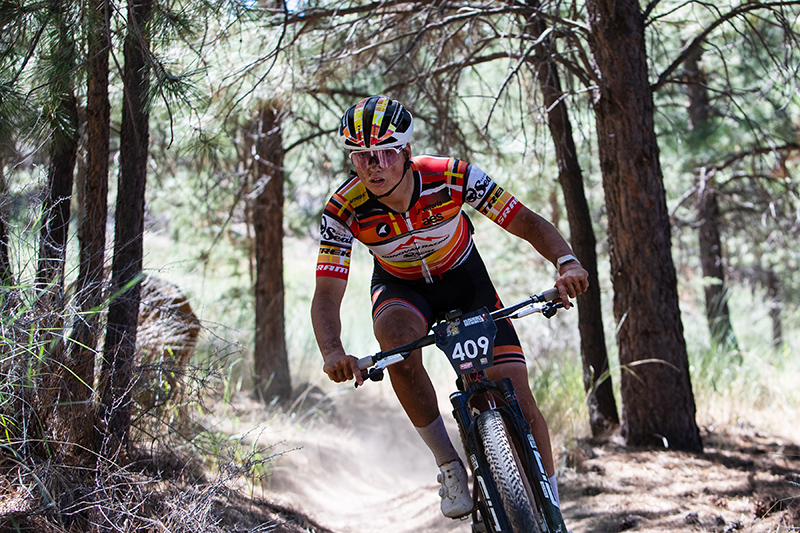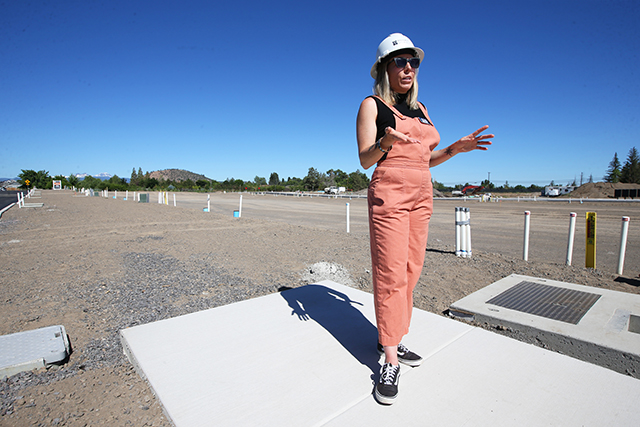Cermak developed, used wind tunnel to test skyscrapers
Published 5:00 am Thursday, September 6, 2012
Jack Cermak, an engineer who was among the first to use a wind tunnel to gauge the wind’s impact on skyscrapers and who did consulting work on the World Trade Center and the Sears Tower, among other projects, died Aug. 21 at his home in Fort Collins, Colo. He was 89.
His death was confirmed by his wife, Gloria Garza, who said he had suffered a stroke in 2006 and eventually became both blind and bedridden.
Trending
In 1959, Cermak founded the Fluid Dynamics and Diffusion Laboratory at Colorado State University, where he pioneered the use of a new kind of wind tunnel able to simulate the volatile air movements on the surface of Earth. Previous wind tunnels were built primarily to test airplanes and missiles and had wind coming in from only one direction and at a constant speed. By contrast, Cermak’s tunnel, which was roughly 10 times as long as aeronautical tunnels, could produce vertical wind currents and simulate powerful gusts.
Such a tunnel had been theorized about, but Cermak was able to envision how a large one could be built and pushed for it.
Cermak’s tunnel — called an atmospheric boundary layer tunnel — changed the way buildings, bridges and other structures were built. Engineers could put a model of a structure in the tunnel and calculate the potential impact of wind on the design accordingly.
The first skyscraper design to be tested in this way was of the World Trade Center, in 1963. The resulting modifications were intended to enable the building to withstand gale-force winds.
After the collapse of the towers on Sept. 11, 2001, investigators looked into whether underestimates of wind forces had led to the use of weaker-than-necessary exterior columns that ultimately could not withstand the attacks. Cermak rejected that view, and eventually it was widely agreed that it had been the intense heat from the explosions and fires caused by the planes’ impact that contributed the most to the buildings’ crumbling.








